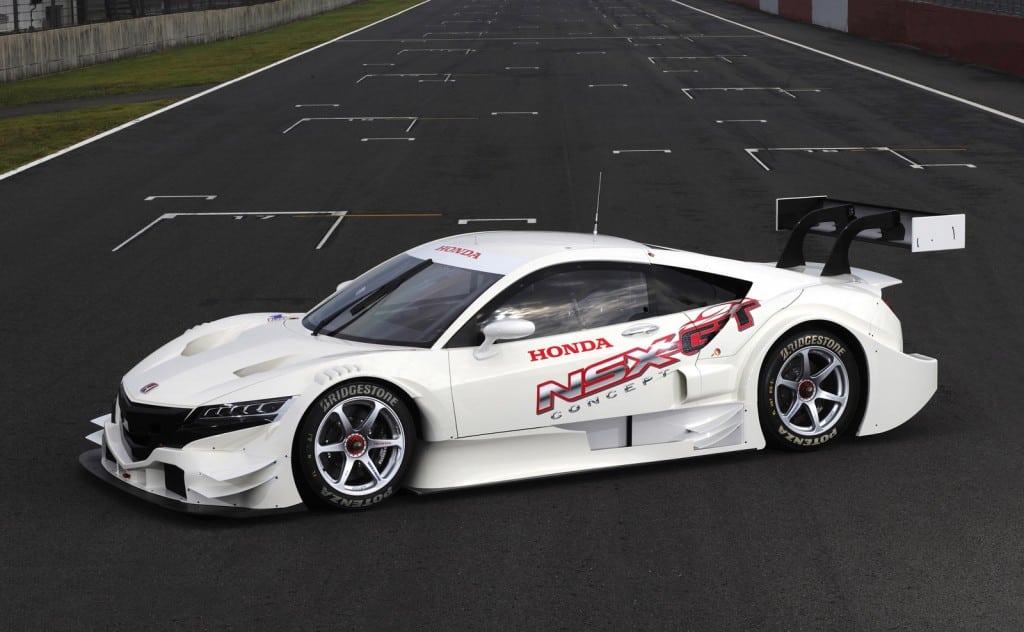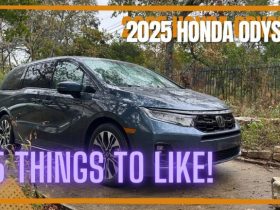For some people, failure is not an option. They believe that success takes constant vigilance and an almost fanatical commitment to never making mistakes. Yet, is that a realistic approach to business and life in general. Failure is a part of growth. It strengthens your resolve and opens doors you never would have known even existed. For those individuals who truly want to be successful, failure is certainly an option. It’s okay to fall down as long as you get back up. Whether you’re buying a home warranty, starting a new business or looking for auto loan refinance rates, it’s important to appreciate both success and failure. Just ask the engineers, executives and employees at Honda.
The Early Philosophy
As a company philosophy, Honda really appreciated the power of failure. Several times in the company’s history, failure was used to fuel success. The company began in 1948 by Soichiro Honda and just thirty-four employees. At that time, the vision of the company was to capitalize on innovative successes from the Honda Technical Research Institute to improve engines. Mr. Honda was a repairman, idealist and inventor. In the early years, Soichiro Honda recognized the value of imagination. Paired with hard-work, Honda knew that imagination could spur his company to make new innovative approaches to machine design.
Honda’s First Failure
His first epiphany moment led Mr. Honda to design an engine that could power a bicycle. The first prototype bicycle engine was drawn on the shop floor and turned out to be a complete failure. Engineers at Honda during this period report that Mr. Honda was always searching for new approaches to existing material and encouraged his workers to push the envelope. The failure of the D-Type motorcycle engine was the first company crisis, but Mr. Honda used that stumbling block to venture into designing automobile engines. He moved the company to Tokyo and bounced back from his previous failures. He was never afraid of failure. In fact, Soichiro Honda said “There are any number of failures in life. If you do something you think is right and you have a flop, it’s not a wasted effort. Just finding out that you’re on the wrong track is getting a lucky break.”
Failures in Formula One
 Honda ventured into Formula One racing back in the 60’s. It was an ambitious leap for the company who had only just produced their first road car in 1960. Yet, by 1962 Honda’s all Japanese factory team began working on a revolutionary engine design called the RA271. They were a complete in-house operation, building their own chassis and engine which was almost unheard of at the time. In 1964, they entered the Grand Prix Things didn’t turn out so well. They only reached the top of the podium once and retired for two decades. In the 1980s, Honda returned to Formula One to supply engines for other teams. Six teams raced to glory powered by Honda engines. Their engines were in high demand for most of the 80’s, but in the 90’s they began to experience one mechanical failure after another. They dropped out of the sport and had to completely reinvent themselves as a brand and a company. Honda had recall issues with bad transmissions in the early 2000’s but nothing ever seemed to dent their commitment to excellence. Where other companies would have folded, Honda rebounded and triumphed.
Honda ventured into Formula One racing back in the 60’s. It was an ambitious leap for the company who had only just produced their first road car in 1960. Yet, by 1962 Honda’s all Japanese factory team began working on a revolutionary engine design called the RA271. They were a complete in-house operation, building their own chassis and engine which was almost unheard of at the time. In 1964, they entered the Grand Prix Things didn’t turn out so well. They only reached the top of the podium once and retired for two decades. In the 1980s, Honda returned to Formula One to supply engines for other teams. Six teams raced to glory powered by Honda engines. Their engines were in high demand for most of the 80’s, but in the 90’s they began to experience one mechanical failure after another. They dropped out of the sport and had to completely reinvent themselves as a brand and a company. Honda had recall issues with bad transmissions in the early 2000’s but nothing ever seemed to dent their commitment to excellence. Where other companies would have folded, Honda rebounded and triumphed.
There are many lessons to be learned from Honda’s past, especially the company’s philosophy on failure. It’s important to take chances. Through trial and error, great strides can be made. Learning from failure leads to innovation. President Soichiro Honda knew that and kept instilling those values in his employees and engineers. Sure, failure is negative progress, but it is progress all the same, without any cheap car salesman scams. You can’t just give up at the first roadblock, otherwise you will never reach your goals.








